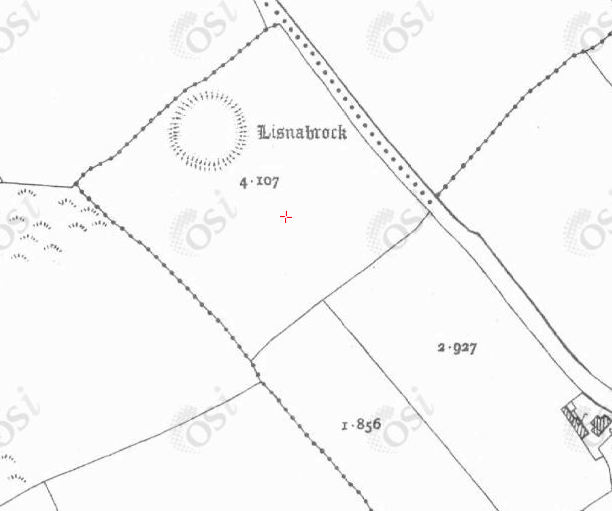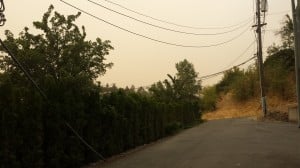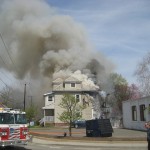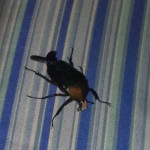
Liosnabroc (Fort of the Badger – anglicized as Lisnabrock) is a ringfort located in the townland of Templebodan, east Cork. The ring is found labeled on the 1890 Ordnance Survey map. Like the majority of ringforts in Ireland, Liosnabroc opens to the NE — offering a lovely view of the Knockmealdown and Galtee mountain ranges. I am privileged to live next door to this active and beautiful Lios.
Ringforts were constructed mainly from the Iron Age into the early Medieval period (800 BCE to ~1000 CE) by the indigenous population of the island. They are one of the most common Irish field monuments, with estimates on their numbers varying between 30,000 to 40,000 throughout the country.
The early Irish law tracts set out the size and morphology of enclosures and homes for various classes of people in early Irish society — which was highly stratified. For instance, the bóaire or ‘cow lord’ was entitled to a house of 8.23m, an out-house of 4.57m, a kiln, a barn, a sheep-fold, a calf-fold and pigsty.
The term ‘Ringfort’ is a bit of a misnomer. These sites were almost certainly incapable of withstanding any form of determined attack. And while they may have provided refuge from wild animals and fast moving cattle-raiding parties, they were most likely constructed as a show of wealth by the individual in control of the area. In fact, the longevity of the sites is a testament to the prestige and honor shown these individuals — many have stood the test of over 1,000 years of turbulent history!
And it’s this strong ancestral element that gave rise, in folk memory, to the belief that lios, rath, and dún were habitations of the Sí (people of the mounds/ ancestral dead – a term that harkens back to the neolithic mound building period, which was itself 2,000 to 4,000 years before the occupation of the ringforts!). The ancestral connection and memory of ‘powerful leaders’ folded these more ‘modern’ monuments into the well established corpus of taboo and folklore attached to such sites, and ultimately contributed to their preservation through the centuries.
The footage below was filmed on Wednesday morning, 3rd April 2013: the first sunny spring day we’ve seen! (though it rapidly deteriorated afterward) I had a nice long visit with my other-than-human-person friends while filming, and took the opportunity to meditate while basking in the lovely day. The energy of the ring flowed clear while I was there. You will find several minutes of meditational encounter at the end of the film. I hope you enjoy meeting the Liosnabroc.
Oh, yes, yes, yes! You kept very far away from the raths. As a matter of fact, I knew one man who thought he’d make a very good job of it. He had been in the States, and he came home he wouldn’t listen to the like of this, the old Irish, he wouldn’t listen to them over there, you know. And he cut all the bushes. It had overgrown with bushes. So he cut all the bushes around, and thought it was a great place to fodder cattle in the wintertime. So as he was going home, he fell. And he was dead on the ninth day. There’s no lie in that.
Matty O’Brien, Teltown, Co. Meath. Recorded July 1, 1979
Visit Voices From The Dawn, to hear this story in its entirety.
sources:
Early medieval settlement enclosures in Ireland: dwellings, daily life, and social identity
















